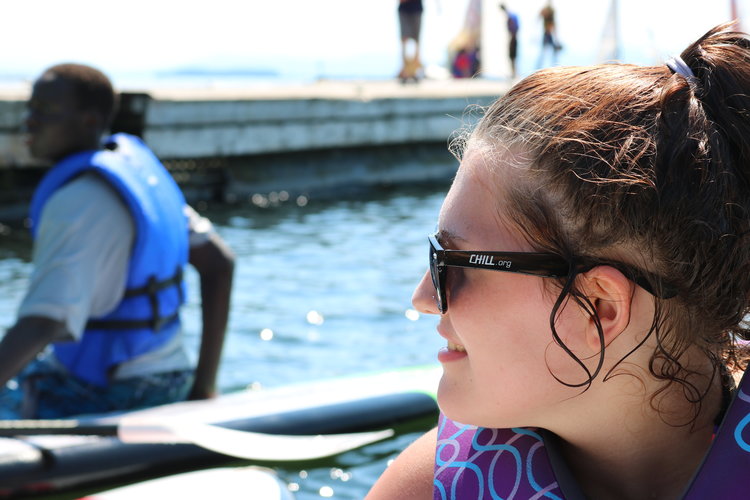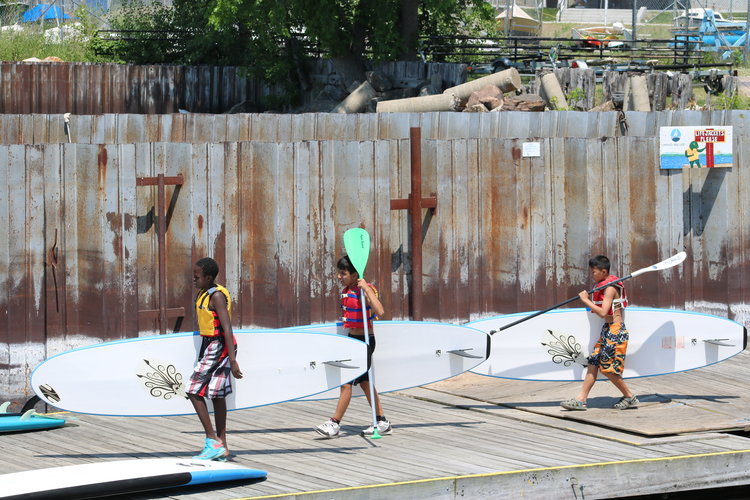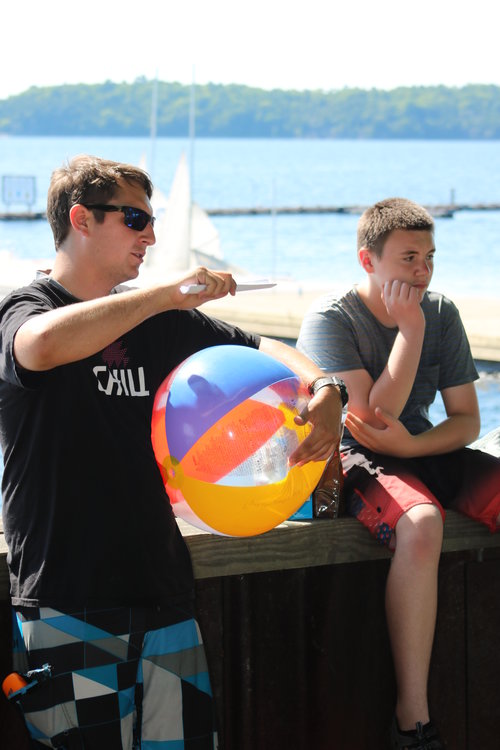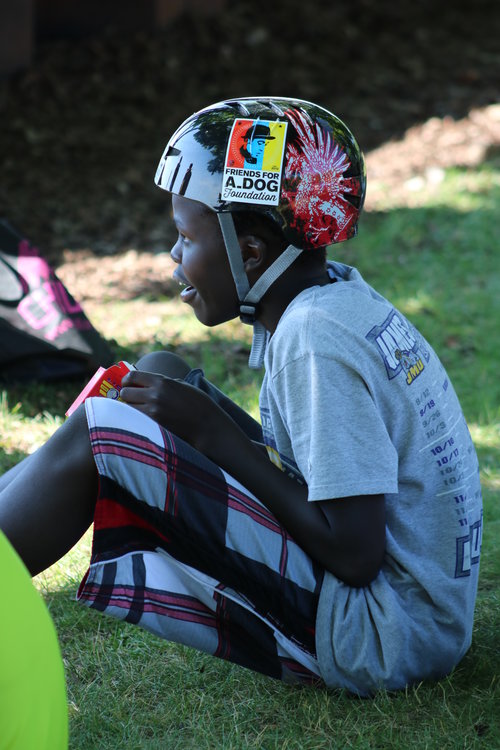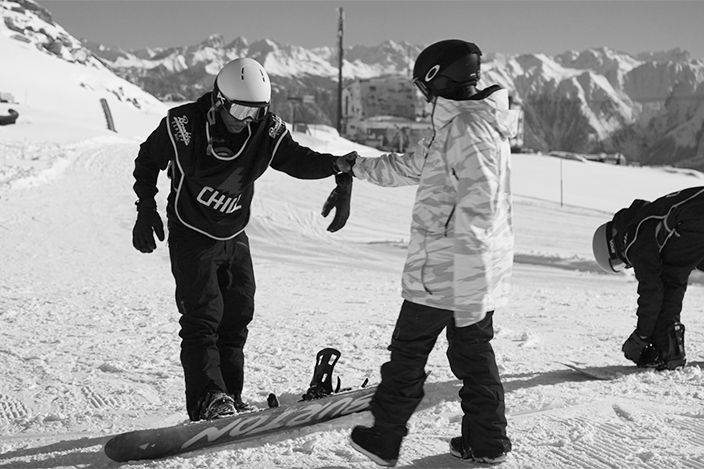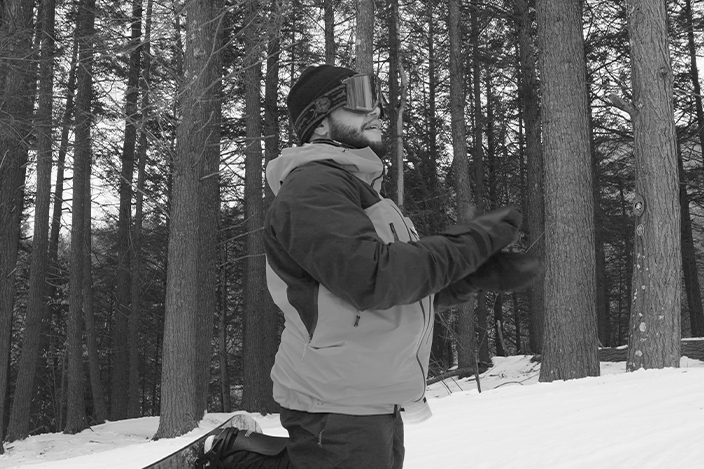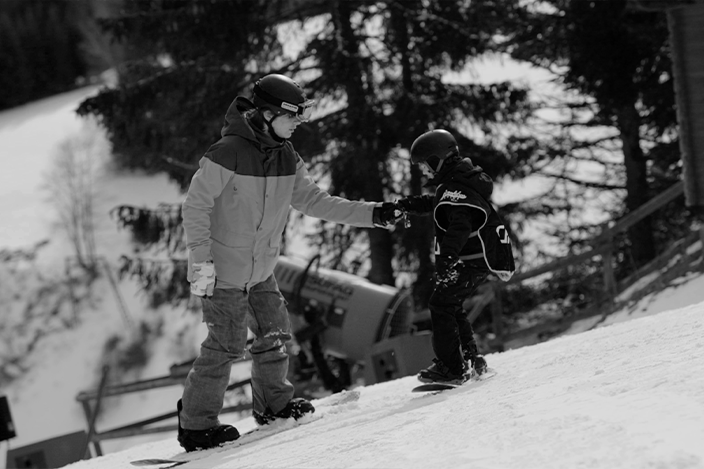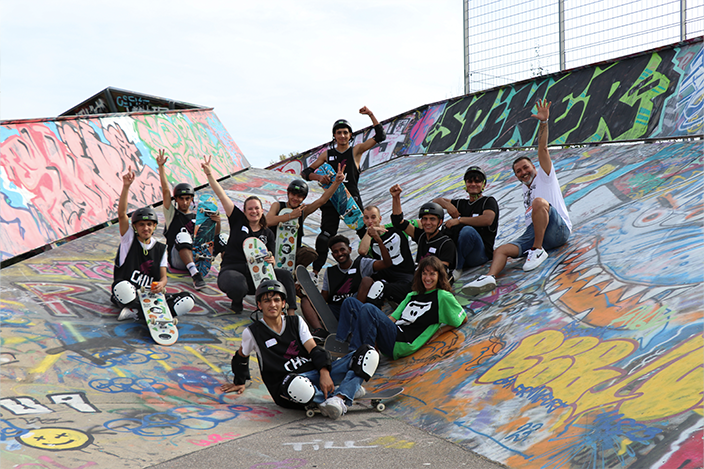I met Jack this past summer at one of Chill’s paddleboarding (SUP) programs. Jack is 16 years old, and he is in a one-on-one mental health treatment facility. He came to the Chill program with his primary clinician as his chaperone.
It was an incredibly hot day on the lake, one of the hottest days of the summer. The Chill staff member pulled all of the youth into the shade of a large tree on the shore to run through several interactive activities related to that session’s theme: courage. Jack contributed several times to the discussion, talking about the courage required to try a new water sport when he wasn’t the strongest swimmer and had never swum in a lake. Many of the other participants nodded in agreement.

Because it was such a hot day, the Chill staff member leading the session, and the SUP instructor provided by a local SUP retailer, decided to supplement that day’s on-lake activities with plenty of free time to get the youth in the water. Once the youth were all in the lake on their boards we began to head out into open water. After a quick conversation with the chaperone, the instructor asked Jack to lead the group out into the lake. At first Jack looked uncertain but he tentatively stood up on his board, looked back, and then began paddling forward. The group maintained a tight line as we slowly made our way further out into the water. I brought up the back of the line with several volunteers and chaperones, chatting while we paddled but keeping a close eye on all of the participants in case assistance was required.
As the session progressed, the instructor and Chill staff member gave Jack multiple responsibilities, from leading a quick team building exercise to asking him to help a younger participant get up on her board. Jack’s chaperone’s eyes never left him, tracking his movements while hanging back from directly interacting with him. I paddled over to her and asked about Jack’s background. She told me that he has severe control issues that manifest in violent behavior towards peers and adults, as well as self-harm. It was hard to reconcile this information with the kid I saw thriving before me. She said that she was worried about Jack’s participation in Chill because his treatment was slow going and this was the first peer interaction, as well as freedom, Jack has been afforded in a long time. I asked her how she thought he was doing. She said, “I’m amazed. I’ve had to make eye contact with him twice to head off potentially negative actions. He’s acting like….a kid. He is a kid. He doesn’t realize this program is, in a unique way, part of his treatment.”
Jack continued to take the lead throughout the day’s program. Back on shore I walked with Jack to put our equipment away before the group debrief that ends each Chill program session. With his chaperone following close behind I asked Jack if he enjoyed participating in Chill. He said, “I love it. I wish I could do this every day. You guys trust me. You let me do things I don’t usually get to do.” I asked him if trust was an issue in his life. Jack said, “My behavior makes it hard to trust me sometimes. You guys don’t know that so you just treat me like a kid. Chill is awesome.”
I caught up with Jack’s chaperone a month after the Chill program ended. She said that Jack was making rapid progress towards his goal of moving to a less restrictive facility, and she credited Jack’s participation in Chill as one of the positive factors that contributed to his change in attitude towards his treatment. Jack frequently references Chill, as does his chaperone, using Chill as a prime example of how Jack exhibited self-control and positive peer interaction while fully immersing himself in a new environment. “Chill is therapy.” she said, “Chill’s impact on a youth’s self-confidence is obvious. What isn’t as obvious is how Chill strengthens the relationship between the chaperone and the participant which has immediate and important impacts on the youth’s progress in treatment.”
